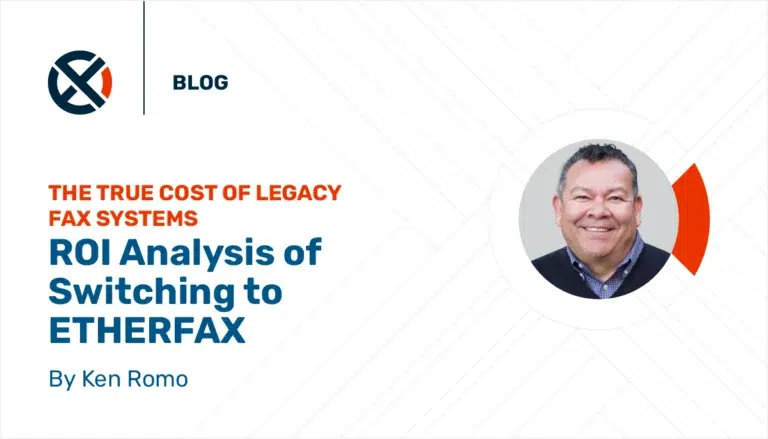What is end-to-end encryption? End-to-end encryption (E2EE) is a type of communication system that allows two parties to send and receive information or messages privately, while preventing others from eavesdropping on the conversation.
When discussing this topic, there’s often a question asked, “But my information is secured using HTTPS, why do I need to consider advanced encryption systems?”
It’s a good question, but not quite an apples-to-apples comparison.
E2EE is an encryption system designed to provide privacy between two peers, while HTTPS is a protocol that helps to secure the link or transport communicating over a medium such as the Internet. HTTPS is an extension of HTTP that protects communication over a computer network (or the Internet) and is largely based on Transport Layer Security (TLS), or its predecessor, Secure Sockets Layer (SSL). When you sign on to your bank account or need to assure that your connection remains private, these end-to-end encryption systems provide the privacy and integrity of the data while in transit.
CTO and founder of ETHERFAX, Robert Cichielo, was recently featured in Becker’s Health IT & CIO Report to discuss why end-to-end encryption is critical to protect data in transit.
Read the full article here.




